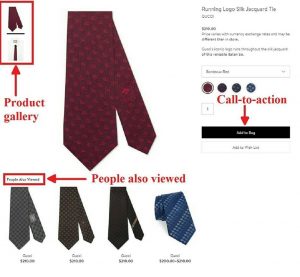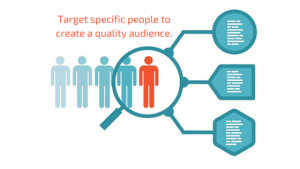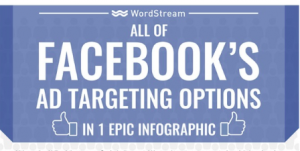Customers are at the heart of what successful businesses do. Columnist Mary Wallace discusses why we need to harness the power of data and technology to better understand our customers and respond to their needs.
 Customers are the heart and soul of every successful business. It’s been that way since businesses began to flourish in ancient Greek and Roman times.
Customers are the heart and soul of every successful business. It’s been that way since businesses began to flourish in ancient Greek and Roman times.
All functions within a business are about the customer — from marketing and sales to finance, accounting, R&D (research and development) and operations. Without customers, there is no business. Just ask all the businesses that have failed.
The Changing Customer Relationship
But take a quick glance at many of the various marketing publications, and you’ll see an abundance of articles advising us on how and why we need to start delivering a better customer experience. What’s changed? Customers always were at the heart of what businesses did.
At play are two developments in how businesses and customers interact with each other. They are rooted in the changes that technology has introduced into our world:
- Customers are driving the relationship. As a customer, we demand information when we want it. We expect technology to bridge the gap throughout our entire relationship with a company.
- Communication tactics have changed. Companies now use technology and ubiquitously available content to communicate with customers when they used to sit across the table and look them in the eye.
The paradigm has shifted, and the way forward has become clear. In fact, 63 percent of CEOs see rallying their organizations around the customer as one of their top three investment priorities. As marketers, we need to be fully involved in that movement.
Success for marketers lies in harnessing the convergence of content, data and technology. We need to use data and technology to understand our customers in the digital world. We need to use content and technology to deliver exactly what they need.
Understanding Customers Today
The systems that interact with customers must be interconnected. As Katy Keim, chief marketing officer of Lithium, wrote in a post on SocialTime:
No customer interaction, marketing or otherwise, should ever be done in a silo. We have to think and operate just like our target customers (trans)act.
Data (implicit and explicit) needs to be structured for action and decision-making. Businesses collect tons and tons of data every hour, but if that data is not organized for decision-making, it’s just a big blob of useless information.
Combine digital body language (clicks, opens, page views and so on) with conversions (e.g., form submits, purchases) and unstructured data from social media and other third-party sources. Together, they will show what customers are interested in, where they are in the buying cycle and what persona they currently reside under.
Data hygiene has a huge impact on accurately understanding customers and responding to their digital actions. Spend time to make sure your data is clean.
Remove old records, and update current contacts through internally driven programs or via third-party sources like FreshAddress.
Treating Your Customers Best
“Marketing activity that doesn’t start with the customer in mind can only be for vanity and will not deliver desired results,” Mark Evans, marketing director at Direct Line Group, told Marketing Week.
With the proliferation of content as our main communication tool, marketers need to create content, campaigns and copy that put the customer first. We need to stop writing about how great our product and company is and focus on what we need to do to make the customer or lead’s world a better place.
For example, instead of using copy that says, “Our product does this and that,” change it to say, “You will experience a better this and improved that.”
Using data insights, we need to segment our lists at a more granular level. For example, instead of segmenting just by company size, we should segment by company size, persona and buying cycle.
From a tactical marketing perspective, the stats back this up: Segmentation results in nearly 15 percent more opens than non-segmented campaigns, and when persona-based emails are used, click-through rates rise 16 percent.
Beyond responding to clicks and page visits, we need to follow up with valuable information. A reactionary (autoresponder) email based on what our customers just did goes a long way toward continuing the conversation with them.
Customer Experience In Our New World
Technology, such as the internet, social media and mobile devices, has brought great change. It has moved us to an always-on society where the customer is controlling the relationship:
- Salespeople no longer sit across a table from a customer at the beginning of the buying cycle.
- Businesses no longer control when information is distributed via slicked-up brochure-ware.
- Mistakes and reactions are no longer contained to a finite number of involved parties.
But the good news is that technology (marketing automation, websites, and so on) and its data byproducts (intent and digital body language data) empower marketers to hear the customer and respond accordingly. And our response, based on what we’ve “heard,” must be about the customer and how their world can be a better place.
Some opinions expressed in this article may be those of a guest author and not necessarily Marketing Land. Staff authors are listed here.
(Some images used under license from Shutterstock.com.)
Marketing Land – Internet Marketing News, Strategies & Tips
(83)
Report Post





